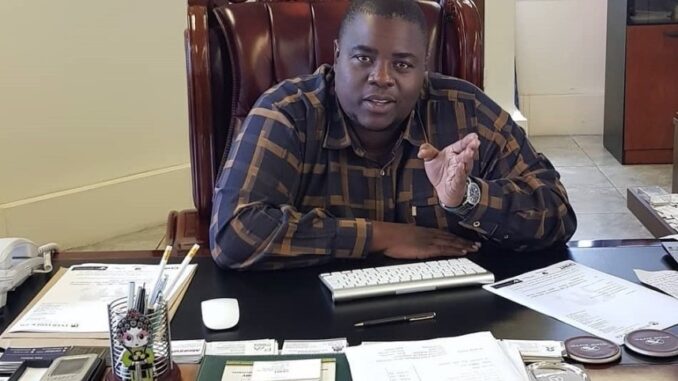HARARE, Zimbabwe (AP) — Coins introduced by Zimbabwe’s Reserve Bank earlier this month are receiving a cold reception from locals who are fearful this could be the first step to replacing the U.S dollar with the ruined Zimbabwean dollar.
Zimbabwe has not used its own currency since 2009 when it adopted the U.S dollar and the South African rand. The Zimbabwean dollar collapsed under record 231 million percent inflation, which forced the Reserve Bank to print $10 trillion notes in a desperate attempt to save what was once one of Africa’s strongest economies.
The use of foreign currency has led to some economic stability, but in a country where the average monthly salary is $300, prices are often rounded up to $1.
This month, the Reserve Bank introduced special Zimbabwean currency in one, five, 10 and 25 cent coins. The value has been secured against a $50 million bond to reassure Zimbabweans.
Still, Zimbabwean shoppers would rather swap candy or smaller items instead of accepting change.
“I will stick to the sweets for now,” said a shopper when offered change in a large retail shop in central Harare.
Arimando Machona, a 74-year-old who worked for the local municipality for nearly three decades said he was forced to take a security guard job when the Zimbabwean dollar collapsed.
“I lost my entire pension, now they are starting again,” he said. “If we accept the coins, then the Zimdollar will be back.”
Reserve Bank governor John Mangudya has ruled out resuscitating the Zimbabwean dollar.
Convincing informal traders, like minibus taxi drivers and street vendors, may be key to building trust in the new coins, experts say.
“There is inherent mistrust in the Reserve Bank of Zimbabwe, that’s why there is this resistance in some quarters. It will take massive work to restore that confidence,” said economist John Robertson.
About two thirds of all businesses in Zimbabwe operate in the informal sector, which also employs 80 percent of Zimbabwe’s workers, according to the Africa Development Bank.






